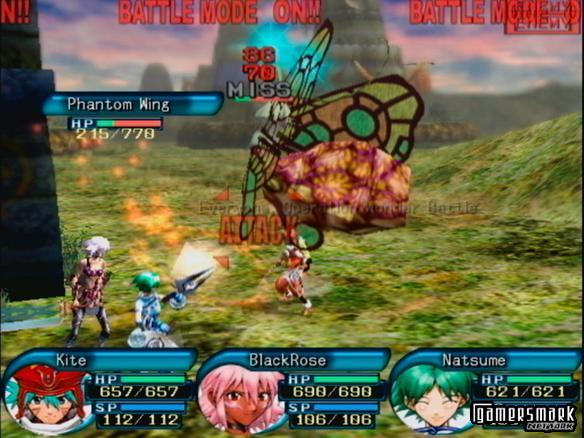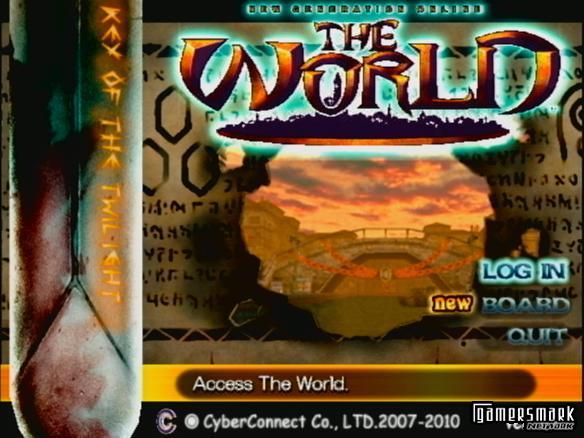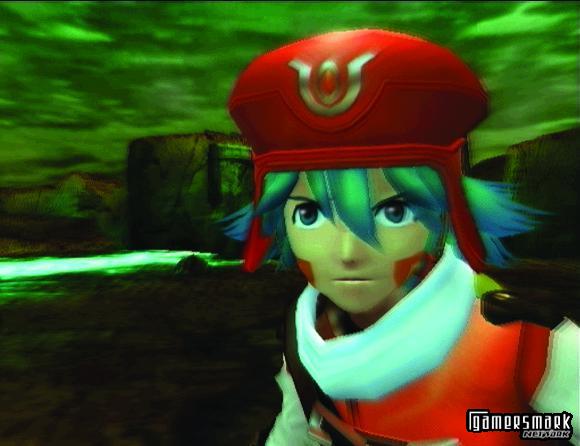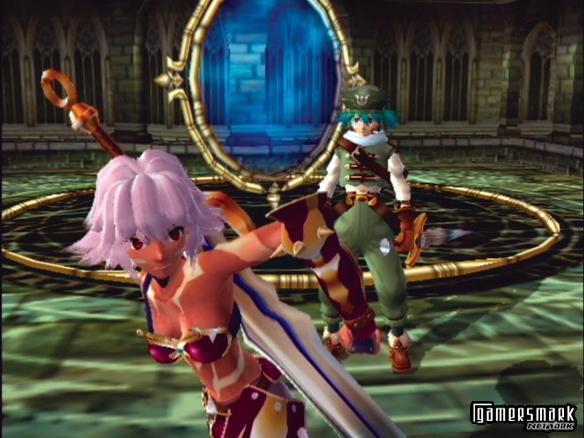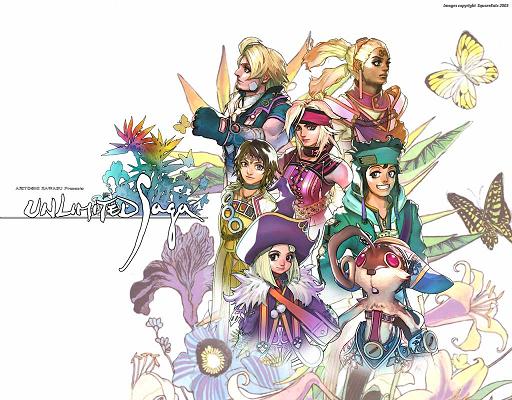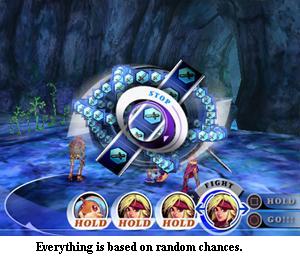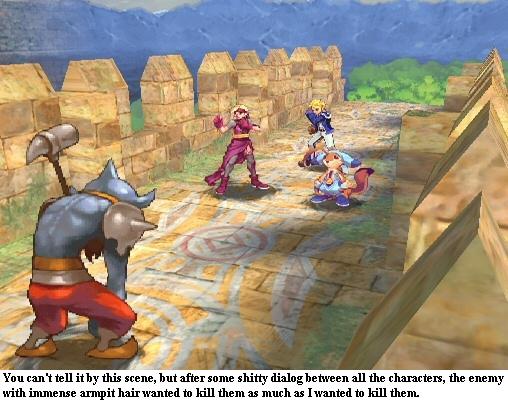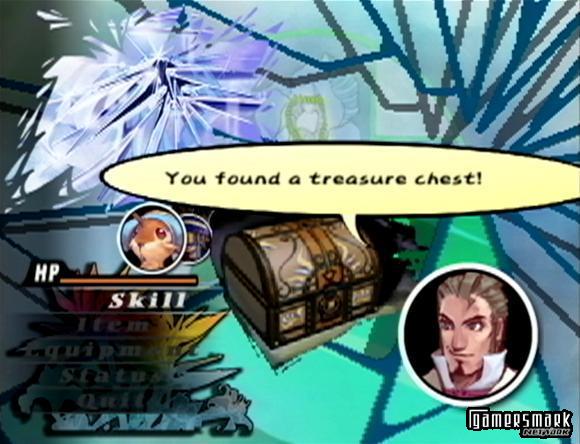Developer: Rockstar North | Publisher: Rockstar Games
No game has more hype, controversy and rewarding pedestrian killing than the Grand Theft Auto series. With the success of the GTA3, the transition to full 3D game play was the best thing to happen to this game series. And if GTA3 couldn’t be any better, GTA: Vice City blew every other game in the series out of the water. One can only imagine how the 5th installment of the GTA series, GTA: San Andreas will completely rule over all its predecessors, this October 2004.
Five years before the game starts off, Carl Johnson, the main character in this GTA, escaped from the pressures of life in Los Santos, San Andreas. The city was tearing itself apart with gang trouble, drugs and corruption. It was also a place where film stars and millionaires do their best to avoid the dealers and gangbangers. From the poor to the rich, Los Santos was not a very happy, or safe, place to live.
In the early 90s, Carl is forced to go back home, because his mother has been murdered. When he comes back to Los Santos, he finds that his family has fallen apart and his childhood friends are all heading towards disaster. However, on his return to the neighborhood, a couple of corrupt cops frame him for homicide. CJ is forced on a journey that takes him across the entire state of San Andreas, to save his family and to take control of the streets.
Some of the newest innovations in the GTA: San Andreas are in how you make and spend your money. There’s a lot to spend money on, and to get around a whole state, you’ll need plenty of cash. Like in previous GTAs, you will sometimes earn money by completing missions, but not always. That’s why side missions will take a new level of importance. One of the new ways you can get hold of cash, is by stealing other people’s stuff.
Burglary is another crime added to the repertoire of other crimes you’re able to commit in the GTA series freely. To begin the actual burglary side mission, you have to carjack a moving truck and then press the R3 button. There are dozens of places in San Andreas to burglarize, for example residential homes and businesses. Most can contain a variety of goods that you can make off with and sell.
If you don’t know how to burglarize well, you’re going to get caught. First of all, you can only rob places at night. You’re going to have to get something to hide your identity, like a ski mask or balaclava. You’re also going to have to bring a weapon or two, just in case someone is home, and they try to alert the police. But that’s only if you make enough noise to wake up the inhabitants, if any. People will be sleeping, because its night. If you’re able to slip in quietly, you may be able to make off with a VCR, TV, or the home stereo system. It’d do you well to check every room in the house, because making off with a 13 inch TV wouldn’t be better than making off with something with way more value.
Once you’re able to make off with your haul, you’re able to sell your goods, and make sure you get your money’s (and effort’s) worth out of it. The money you make can be put forward to buy items, food, clothes, guns, properties, and even businesses.
The way you spend your money influences the way you play the game. In San Andreas, the way you dress and take care of yourself tells a lot about who you are. As a result, your clothes and haircut affect the way others respect you. There are many barbershops throughout San Andreas, and with enough cash, CJ can get whatever cut he wants. The sharper CJ looks, the more respected he is. Rivals will take notice to him, and be more wary of him, as well as women noticing how good looking CJ is, and gaining more authority within his own gang, the Orange Grove Families. You can choose from many different cuts, including bald, afro, jheri curl, and cornrows.
Clothing affects the game as well. Through the game, if you dawn your gang’s colors, rival gangs and police will take notice to your allegiances easier, while gaining more respect in his own gang for doing so. Some missions will even require CJ wearing a particular outfit. Some of the places that you can choose clothing from are Binco, SubUrban, and ProLaps. Binco is a discount clothes store which sells cheap and utilitarian clothing. SubUrban has a bigger selection than Binco, and also targets a customer base that has a higher budget to spend on clothing, favoring brand-name apparel. ProLaps is an athletic gear outlet store, selling jerseys, shorts, hats and other sport related items. Prices at ProLaps are a bit more expensive, and CJ will have to earn a lot more money.
CJ will keep all the clothing he buys, so you won’t have to go back to the clothing store and buy clothes every time you want to change your look. All you have to do is walk into your safe house and look in the closet to see every piece of clothing CJ has earned/purchased at that point in the game. This adds a collecting mission to the game, and also a huge amount of customization for you character, for mixing and matching the clothing you have.
The game itself will be five times as big as GTA: Vice City, featuring three cities. Los Santos (the capital, and a mirror of Los Angeles), San Fierro (a mirror of San Francisco), and Las Venturas (a mirror of Las Vegas).
GTA: San Andreas will also feature a new type of transportation, the BMX bike. To me, nothing would seem more fun than riding a BMX bike to another city clear across the state. Now it just leaves to wonder if there’s going to be a paper route you can do (been hoping for that one since GTA 3). Among other improvements, there are also motorcycle cops, citizens who will not give up their cars so easily (when you’re carjacking), improved police AI and even more troublesome police.
If you’re wondering about the game’s musical score, Rockstar has not released too many details about what is actually going to be in the game, other than the fact that there will be music from many genres of the early 90’s. Since there are three different cities, there is a possibility that each city could have its own list of unique radio stations and music.
Grand Theft Auto: San Andreas hits the PlayStation 2 on October 18, 2004.

